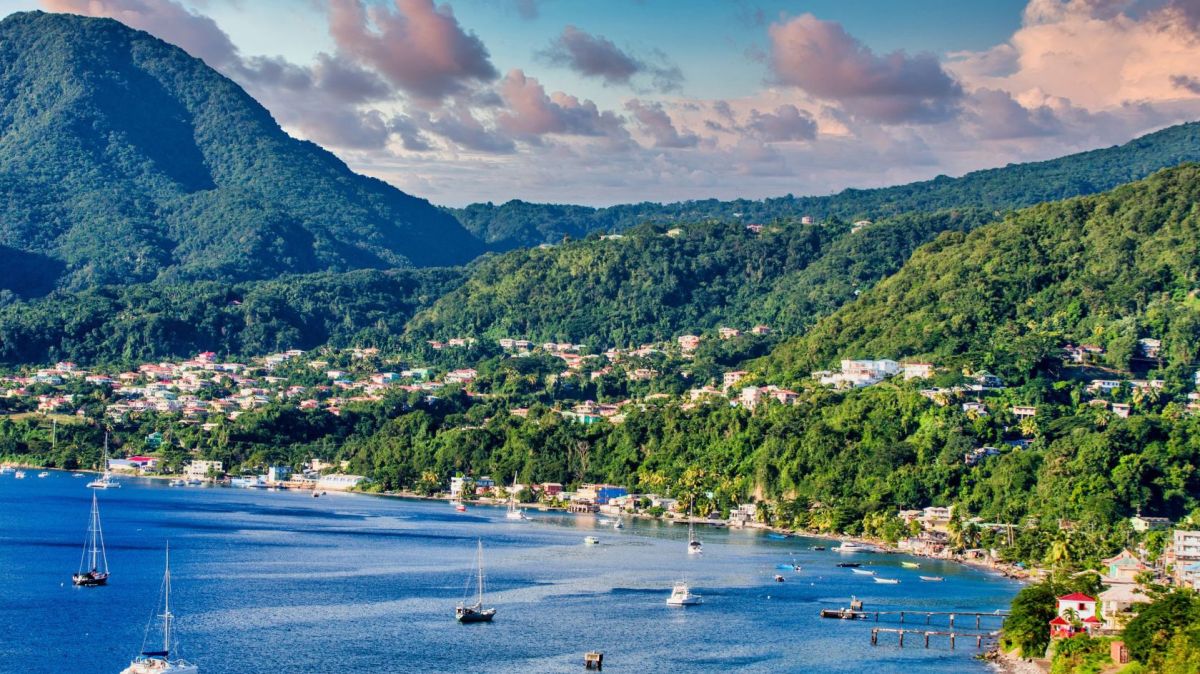The data is contained in the most recent report on International Migration Outlook 2023, and shows that Portugal went from receiving 30,800 immigrants in 2014 to 120,800 in 2022, the latter figure still being an estimate.
These values concern permanent migration, leaving out reception situations for humanitarian reasons, such as the one that occurred following the war in Ukraine, and the phenomenon is transversal to the entire world, with the OECD noting that “the number of new Permanent immigrants in the OECD reached an all-time high of 6.1 million in 2022.”
According to the organisation, which includes 38 countries, this number is around 26% higher than that found in 2021 and is 14% above the 2019 figure, adding that the four main destination countries (United States, Germany, United Kingdom and Spain) recorded large annual increases, between 21% and 35%.
It also states that in all five of these countries, permanent immigration was higher in 2022 than in 2019, before the pandemic, giving as an example the United Kingdom, Spain and Canada as cases of countries in which this type of migration was the highest in the last 15 years.
Situation in Portugal
In the case of Portugal, the increase was 28.9% between 2021 and 2022 and 13.2% when compared to 2019, the year before the pandemic, in which 106,700 migrants arrived. Compared to 2014, when 30,800 people arrived, the increase already jumps to almost 300%.
Analysing more specifically the years 2021 and 2022, OECD data shows that work and family were the main reasons for permanent migration to Portugal, with the first being the justification for the entry of 53,200 people last year, while the family brought another 30,300 migrants.
In terms of family, Portugal is identified as one of the countries that have personalised support for migrant or refugee women, with a program that covers employers, public authorities, civil society and employment centres, among others.
According to the OECD, the largest percentage of migrants (18.1%) worked in the services sector, followed by the extraction, manufacturing and energy industries, with 14.9%, and wholesale and retail trade (14% ), with hotels and restaurants retaining 12% of immigrants and no data available for agriculture and fisheries.
Brazil, India and Belgium were the top three nationalities of newcomers in 2021. Among the top 15 countries of origin, Germany recorded the strongest increase (+1,400) and Brazil the largest decrease (-2,800) inflows to Portugal compared to the previous year, says the OECD.
Asylum seekers
In 2022, the number of first asylum seekers increased by 47%, reaching around 2,000. The majority of applicants were from Afghanistan (300), India (200) and Ukraine (200, excluding beneficiaries of temporary protection).
The largest increase since 2021 concerns nationals of Ukraine (+200) and the largest decrease for nationals of Afghanistan (-300). Of the 870 decisions taken in 2022, 78% were positive.
Emigration of Portuguese citizens to OECD countries increased by 21% in 2021, to 47 thousand. Approximately 16% of this group migrated to France, 16% to Switzerland and 14% to Spain.
The report also refers to the approval of the creation of the Agency for Integration, Migration and Asylum (AIMA), which “will succeed the High Commission for Migration (ACM), implementing public migration and asylum policies”, and the implementation of the visa for nomads digital.
“Another relevant change is the speeding up of issuing visas to citizens of the Community of Portuguese Speaking Countries (CPLP) within the scope of a Mobility Agreement between these countries”, highlights the OECD, adding that the process has also been facilitated for international students can work.















